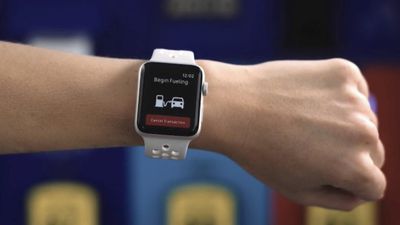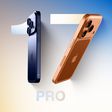It's been a few months since the last few rumors regarding Foxconn's potential manufacturing expansion into the United States, with company chairman Terry Gou placing uncertainty on the reports at the time. Now, sources in the Taiwan supply chain are once again claiming that Foxconn -- one of Apple's biggest suppliers -- is currently talking with both the U.S. federal government as well as individual state governments about building a TFT-LCD factory in the states (via DigiTimes).
The thin-film-transistor LCD manufacturing facility is said to produce small- to medium-sized displays for a collection of electronic devices, including autonomous driving systems in vehicles, medical care systems and mobile displays. Specifically, for Apple, the Taiwanese sources said that Foxconn's U.S. plant would build screens for the iPhone, iPad, and MacBook.
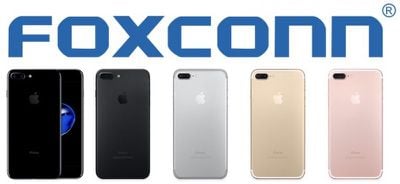
Foxconn Electronics is talking with the US federal government and state governments about investing in the US and is likely to set up a 6G TFT-LCD panel factory there to produce small- to medium-size displays for IoT (Internet of Things) applications, including automotive, medical care and mobile terminal displays, according to Taiwan-based supply chain makers.
As Foxconn is the largest OEM for Apple, a 6G line in the US can produce panels for the iPhone, iPad and MacBook, the sources said. In addition, global demand for automotive displays is fast growing along with development of ADAS (advanced driver assistance system) and autonomous driving technology and a 6G line can produce automotive display panels, the sources noted.
Gou's original uncertainty with U.S. iPhone manufacturing was said to have been focused on whether or not the U.S. government could resolve any issues in a timely manner before such a plant could be built, as well as a lack of skilled labor and comprehensive supply chain required by the display industry. Gou never strictly nixed the idea of manufacturing display panels in the U.S., however, ultimately telling reporters that he would like Foxconn to be present in both markets (the U.S. and China) when the time is right.
Prior to Gou's comments, reports about Foxconn's U.S. expansion were frequent late in 2016 and early in 2017, with a report from last December referencing "early talks" held between Foxconn and the U.S. government that would result in a $7 billion plant and the creation of 50,000 jobs within the U.S.
In January, Pennsylvania was referenced as a possible location for the plant, along with reports of a potential joint investment deal between Apple and Foxconn for the U.S. plant. In February, Sharp was said to be given the lead on the plant, but now U.S.-based licensing deals for LCD TV panels between Sharp and Chinese vendor Hisense could interfere with Foxconn's plans.


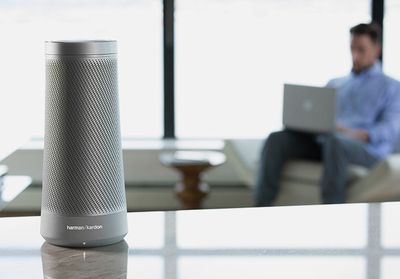
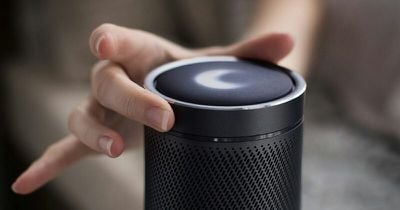
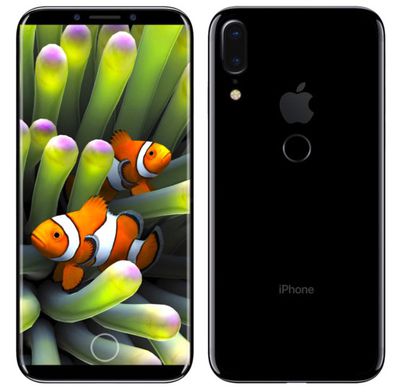
 An alleged leak of a
An alleged leak of a  The developers of open source video transcoder app Handbrake have issued a
The developers of open source video transcoder app Handbrake have issued a 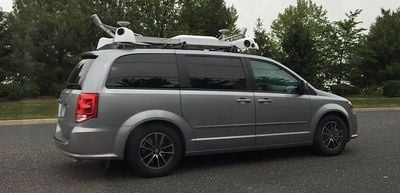
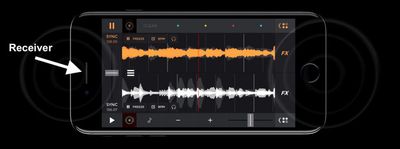
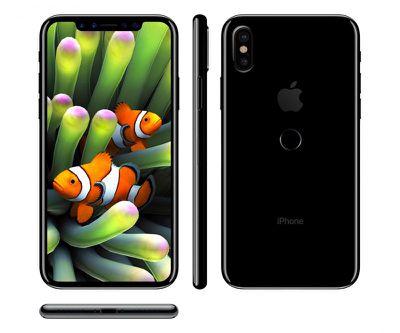
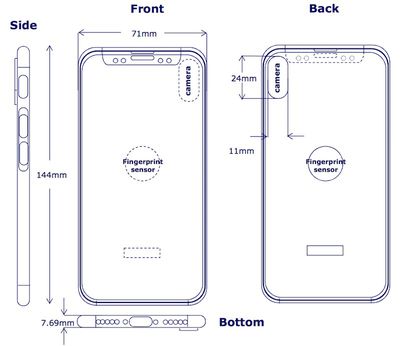
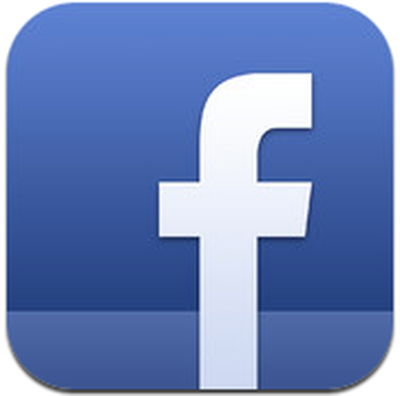 Facebook is actively developing around two dozen television shows with plans to premiere some of them in mid-June, according to a report on Saturday.
Facebook is actively developing around two dozen television shows with plans to premiere some of them in mid-June, according to a report on Saturday.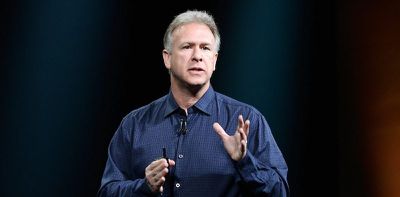
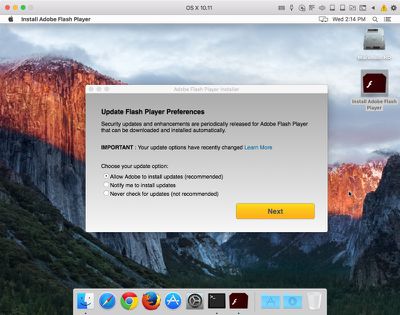






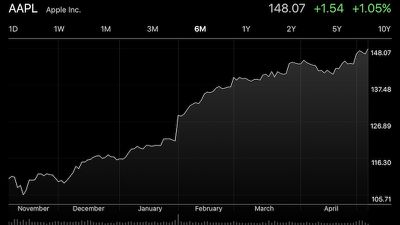
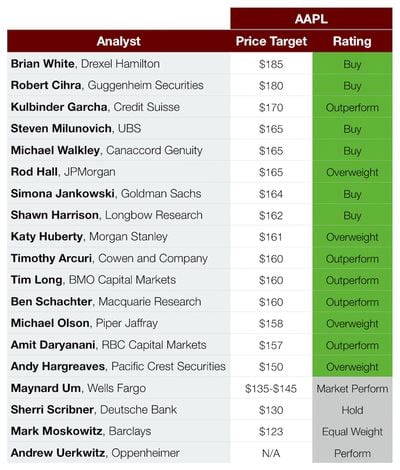

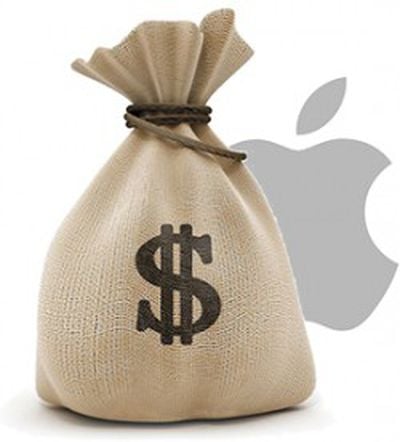 Apple has raised $7 billion in debt in a six-part bond sale, according to the company's
Apple has raised $7 billion in debt in a six-part bond sale, according to the company's 